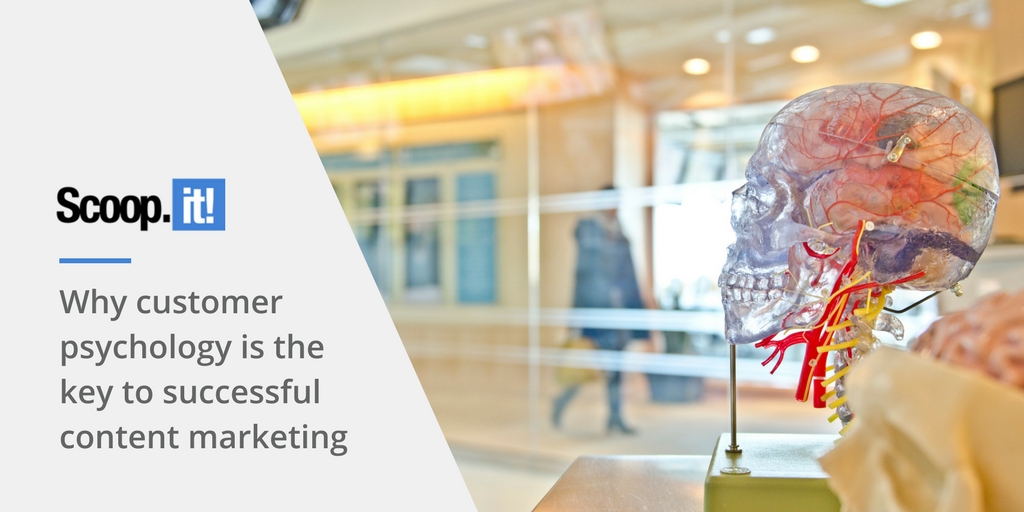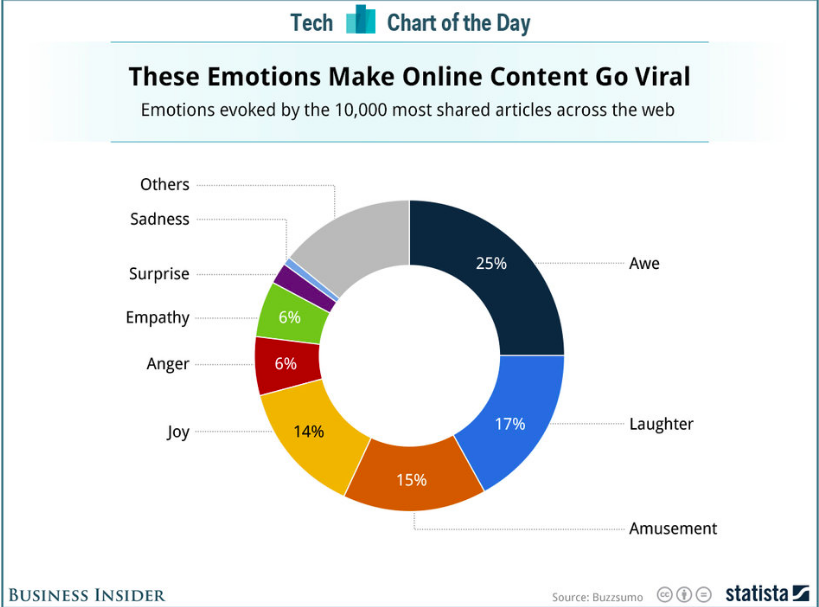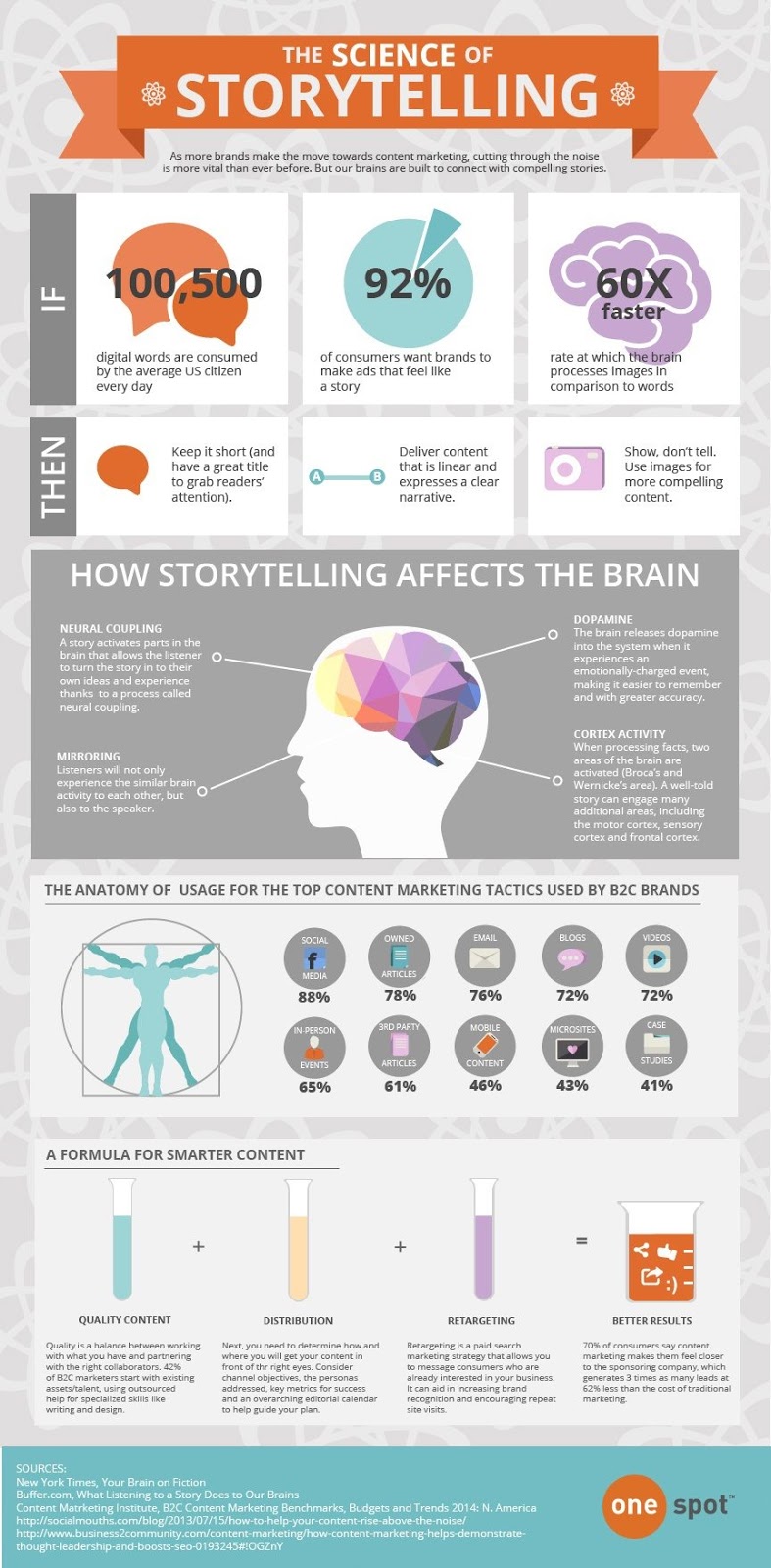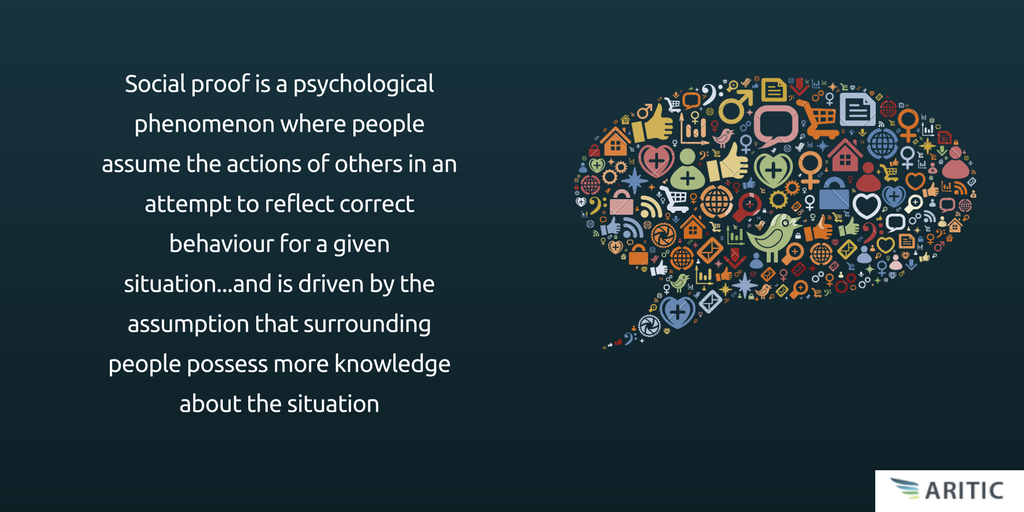
We always talk about targeted marketing. We try to create buyer’s persona that will be an almost-exact replica of the real buyer. With this, we track and monitor their activities and behavior, only to understand what they are looking for and when. We put all these information together to create unique content for each buyer’s stage so that our buyers become our loyal customers.
Amidst all these, what we seldom talk about is ‘customer psychology.’
How many times did you skip a particular news feed while scrolling through your Facebook feed to go down further and read something else? It happens to us all the time. Does it ever occur to you that your mood can play a pivotal role in deciding what you want to read or view?
This stands as a universal fact. Content that triggers an emotional response generates better engagement and conversions. I will put aside ‘conversions’ as of now because here we will talk how emotions and customer psychology plays a crucial role in content marketing.
Emotions and buying decisions
Fractl analyzed 23 viral images from Imgur with 800 participants against a controlled group of non-viral images. This experiment was done to understand what kind of emotions viral images trigger the most (or rather, what are the emotional elements that can make an image go viral). It also compared the reactions between images with captions and without captions.
Experiment: https://youtu.be/2K5trQS3JeA
The experiment revealed three common emotions that were consistent across all age and gender (with the viral images).
- Positive feelings: The total number of positive rating was directly related to the total views of the content. It also revealed that initial views are the key to get more shares.
- Emotional complexity: During the experiment, when viral and non-viral images were pitched against each other, it triggered mixed emotions. This highlighted that images that triggered mixed emotions – positive and negative were more likely to be shared.
- Surprise factor: Through this experiment, it was discovered that images that had a surprise element in it received highest shares.
Emotions not just decide whether your audience will share your content or not. In fact, emotions have the power to influence your target audience’s buying decisions as well. According to Fuel Design, 80% of buying decision is emotional, and only 20% is logical.
The question remains: which emotions should marketers try to tap to inspire their target audience. Business Insider has the answer to this in the pie chart below.
Source: Business Insider
Creating a content marketing strategy (with emotions)
Content marketers mostly think about creating a brand image. However, what comes along with this brand image is ’emotional branding.’ And like all marketing efforts, content plays a pivotal role in this emotional branding. According to Entrepreneur Magazine, emotional branding is about creating an emotional connection with a brand that is different from all other brands. It is another way of building long-term brand loyalty.
For instance, Gillette’s ad – Perfect Isn’t Pretty – that showed the personal and professional hardships of various athletes that helped them carve their strong characters.
https://www.youtube.com/watch?v=xRXfevLDZBc
Similarly, PG&E’s Thank You, Mom-Strong ad series stirred an emotional connection when they showed how respective mothers protected and helped their children overcome traumatic situations to become world’s best athletes.
https://www.youtube.com/watch?v=MQ3k6BFX2uw
These themes instantly connected with the viewers – a theme imbibed in the unconditional love touched the deepest emotional nodes of the viewers.
The art of storytelling that is emotionally charged has always shown a positive response. When your content triggers emotions that are relatable or makes you recollect an old memory, you start relating to that content more. That brand and its ad content stick with you long after the ad is over. This is the same psychological effect that Amanda D’Annucci mentioned in her Ted Talk “Storytelling, Psychology, and Neuroscience.” She highlighted how storytelling could engage your audience’s brain especially when it makes an emotional and psychological effect. Storytelling can make or break the emotional branding. Look at the infographic below where it shows how storytelling can create a rush of dopamine in your brain (Dopamine is directly linked to your memory).
Source: Onespot
Psychological hacks to improve your content marketing
By now, we both will agree that good content has its root in human psychology. When you are writing a blog or a video content or maybe creating an infographic, you always want to create engagement with these various contents. And when your content aligns with your customer’s psychology, you know you’ve hit the right chord. To improve your content strategy, it is important to think like your ideal consumers. Why do people read your blogs? Is it because they need some information or is it because you trigger an inquisitiveness with your blog topics? Most marketers agree that people click on images or videos or read books and articles when they are curious or needful or only because their friends have shared it.
In marketing terms, we call this ‘subjective social reality’ – a reality that differs from one person to other. In scientific terms, this is the cognitive biases, which when decoded helps in targeting the specific needs of your potential customers.
This also involves using various words that align with your target consumer’s needs, industry, tactics, and demographics. For instance, when we are crafting a marketing automation solution page for the banking industry, we tend to use words like ‘customer activation,’ ‘upsell,’ ‘cross-sell,’ etc. Bankers commonly use these words. Hence by using these terms, we try to create a familiarity with them.
This is one way of dealing with ideal consumer psychology. Here are few more hacks that can help you create a better content strategy.
Hack #1: The rule of reciprocity
This rule is one of the most powerful psychological biases. It means that when you give importance to someone, that person feels valued and is indebted to you.
Many marketers have used this tactic while framing their content marketing strategy. When you create valuable content for your niche audience and give it out for FREE, it works in your favor. Your audience will be glad to get such valuable information without having to spend a penny. They will reciprocate this gesture by providing their email address, making a move within your marketing funnel.
If you want to know if this rule works, hear Neil Patel speak on how he invests $30,000 for content and gives it away for free.
Hack #2: Feeling connected: In-group Bias
When you suddenly find a person within your social network sharing the same birthplace or maybe same current residing city, you start to feel more connected to that person.
The same rule applies to your content marketing as well. If you can convince your customers that you belong to the same ‘group’ as they are, you instantly establish a connecting bridge. It is common psychology for people to do business with brands that they think understands them better. In short, brands that are relatable.
For instance, when we talk to B2B eCommerce platforms, we often mention about helping them to reduce their cart abandonment. We carefully choose these words because these are the most commonly used words in this niche sector. We could say anything, but we say ‘cart abandonment.’ This helps us come a little closer to our potential customers, making them believe that we understand their business model, the issues they face and that we can resolve them quickly.
Hack #3: Social Proof for mental thumbs-up
Social proofs always help in boosting conversions. Here’s what social proof means.
There are various types of social proofs that brands use.
1. Testimonials/Reviews
Testimonials and reviews are instant gratifications for a brand. These automatically testify your brand’s success rate and consistency in the business world.
2. Endorsement from influencers
When a popular name endorses a common product, the value of that product multiplies manifold times. For instance, American Express used influencer branding to promote their Platinum Card, branding with the hashtag #AmexAmbassadors. They intentionally handpicked influencers who lead a luxurious life, travel across the globe and enjoys the privileges of having an American Express Platinum Card.
Source: Influencer Marketing Hub
Hack #4: Placing brand logos
When a company places its partners’ or clients’ brand logos, it adds to the credibility of that particular brand. New users instantly know which other popular brands have invested their trust in your company, and also helps them make a decision faster running on the trails of “If they have trusted this brand, it should be good.”
The power of content in marketing is indisputable.
And when you start using the power of emotions and consumer psychology in designing your perfect content, your target audience start resonating your thoughts. We all are trying to reach out to human beings made of flesh and bones and varied range of emotions. We are targeting people we don’t know personally but have certain personal details and online behavioral tracks. To impact these people’s buying decisions, we need to create content that makes them ‘feel’ with the brand and for the brand. Emotional branding is the real key to improved ROI. So next time you sit to discuss what contents your marketing team needs, do not forget to include consumer psychology and emotions in it.
Good luck to you.
If you want to get 30 effective techniques to master content marketing along with valuable insights from 10+ influencers like Mark Schaefer, Rebecca Lieb, Lee Odden, Jason Miller or Ian Cleary, download our free eBook now!








